Refine listing
Actions for selected content:
2251 results in Cambridge Elements
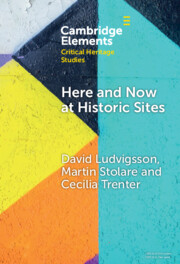
Here and Now at Historic Sites
- Pupils and Guides Experiencing Heritage
-
- Published online:
- 02 May 2024
- Print publication:
- 23 May 2024
-
- Element
-
- You have access
- Open access
- HTML
- Export citation
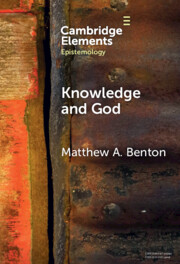
Knowledge and God
-
- Published online:
- 01 May 2024
- Print publication:
- 30 May 2024
-
- Element
- Export citation
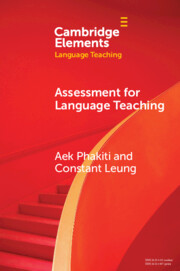
Assessment for Language Teaching
-
- Published online:
- 01 May 2024
- Print publication:
- 30 May 2024
-
- Element
- Export citation
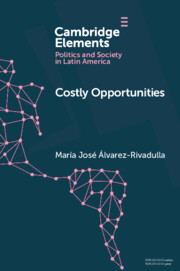
Costly Opportunities
- Social Mobility in Segregated Societies
-
- Published online:
- 01 May 2024
- Print publication:
- 30 May 2024
-
- Element
- Export citation
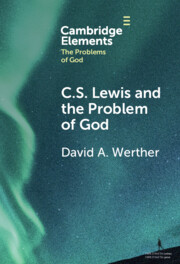
C.S. Lewis and the Problem of God
-
- Published online:
- 30 April 2024
- Print publication:
- 23 May 2024
-
- Element
- Export citation
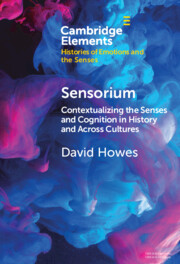
Sensorium
- Contextualizing the Senses and Cognition in History and Across Cultures
-
- Published online:
- 29 April 2024
- Print publication:
- 23 May 2024
-
- Element
- Export citation
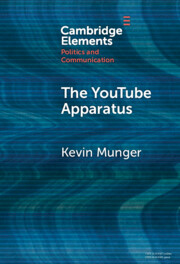
The YouTube Apparatus
-
- Published online:
- 29 April 2024
- Print publication:
- 23 May 2024
-
- Element
-
- You have access
- Open access
- HTML
- Export citation
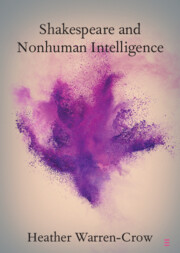
Shakespeare and Nonhuman Intelligence
-
- Published online:
- 29 April 2024
- Print publication:
- 02 May 2024
-
- Element
- Export citation
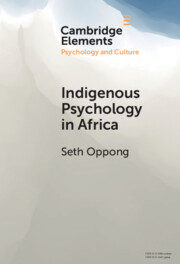
Indigenous Psychology in Africa
- A Survey of Concepts, Theory, Research, and Praxis
-
- Published online:
- 29 April 2024
- Print publication:
- 23 May 2024
-
- Element
- Export citation
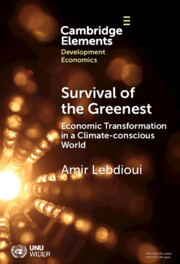
Survival of the Greenest
- Economic Transformation in a Climate-conscious World
-
- Published online:
- 27 April 2024
- Print publication:
- 16 May 2024
-
- Element
-
- You have access
- Open access
- HTML
- Export citation
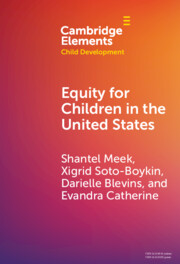
Equity for Children in the United States
-
- Published online:
- 27 April 2024
- Print publication:
- 23 May 2024
-
- Element
-
- You have access
- Open access
- HTML
- Export citation
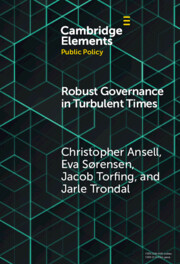
Robust Governance in Turbulent Times
-
- Published online:
- 26 April 2024
- Print publication:
- 16 May 2024
-
- Element
-
- You have access
- Open access
- HTML
- Export citation
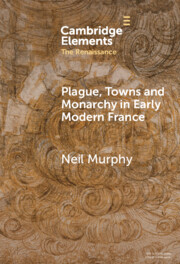
Plague, Towns and Monarchy in Early Modern France
-
- Published online:
- 25 April 2024
- Print publication:
- 25 April 2024
-
- Element
- Export citation
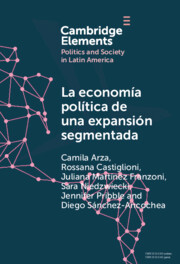
La economía política de una expansión segmentada
- Política social latinoamericana en la primera década del siglo XXI
-
- Published online:
- 24 April 2024
- Print publication:
- 16 May 2024
-
- Element
- Export citation
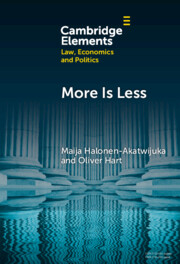
More is Less
- Why Parties May Deliberately Write Incomplete Contracts
-
- Published online:
- 24 April 2024
- Print publication:
- 23 May 2024
-
- Element
- Export citation
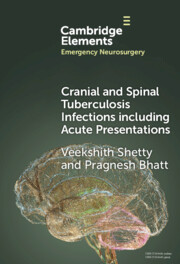
Cranial and Spinal Tuberculosis Infections including Acute Presentations
-
- Published online:
- 24 April 2024
- Print publication:
- 16 May 2024
-
- Element
- Export citation
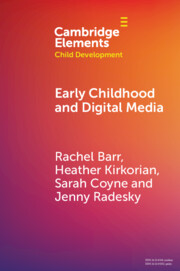
Early Childhood and Digital Media
-
- Published online:
- 24 April 2024
- Print publication:
- 23 May 2024
-
- Element
- Export citation
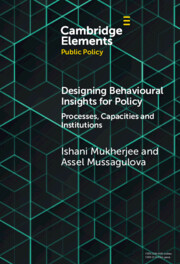
Designing Behavioural Insights for Policy
- Processes, Capacities & Institutions
-
- Published online:
- 24 April 2024
- Print publication:
- 16 May 2024
-
- Element
- Export citation
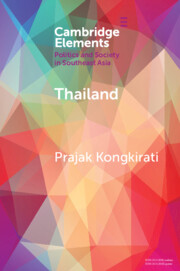
Thailand
- Contestation, Polarization, and Democratic Regression
-
- Published online:
- 23 April 2024
- Print publication:
- 30 May 2024
-
- Element
- Export citation
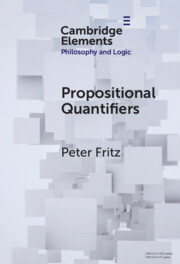
Propositional Quantifiers
-
- Published online:
- 23 April 2024
- Print publication:
- 16 May 2024
-
- Element
- Export citation
